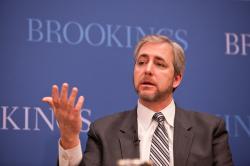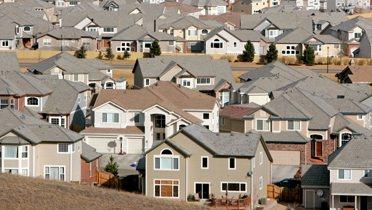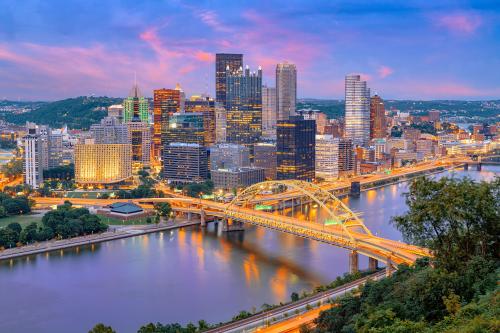Recent and ongoing policy efforts to increase spatial efficiency at the metropolitan, local, and neighborhood level have focused on interventions such as place-based affordable housing, transit-oriented development, and livability programs. As the nation and its metropolitan areas begin to seek more productive and sustainable sources of economic growth for the future, it is crucial to understand how policies that shape the physical landscape of metropolitan America can help grow economies more attuned to the imperatives of globalization, technological innovation, and production.
In turn, it is equally important to understand how shifts in economic growth impacts the built environment. While these spatial impacts are a product of both national and metro-level macroeconomic factors, public policies that shape urban form can, in turn, shape these macroeconomies.
This paper examines the relationships of urban and metropolitan form with three vital aspects of modern metropolitan economies: globalization and the production of tradable goods and services, technological innovation, and the low carbon imperative. A research agenda follows that derives from the conclusions reached in the previous sections.




